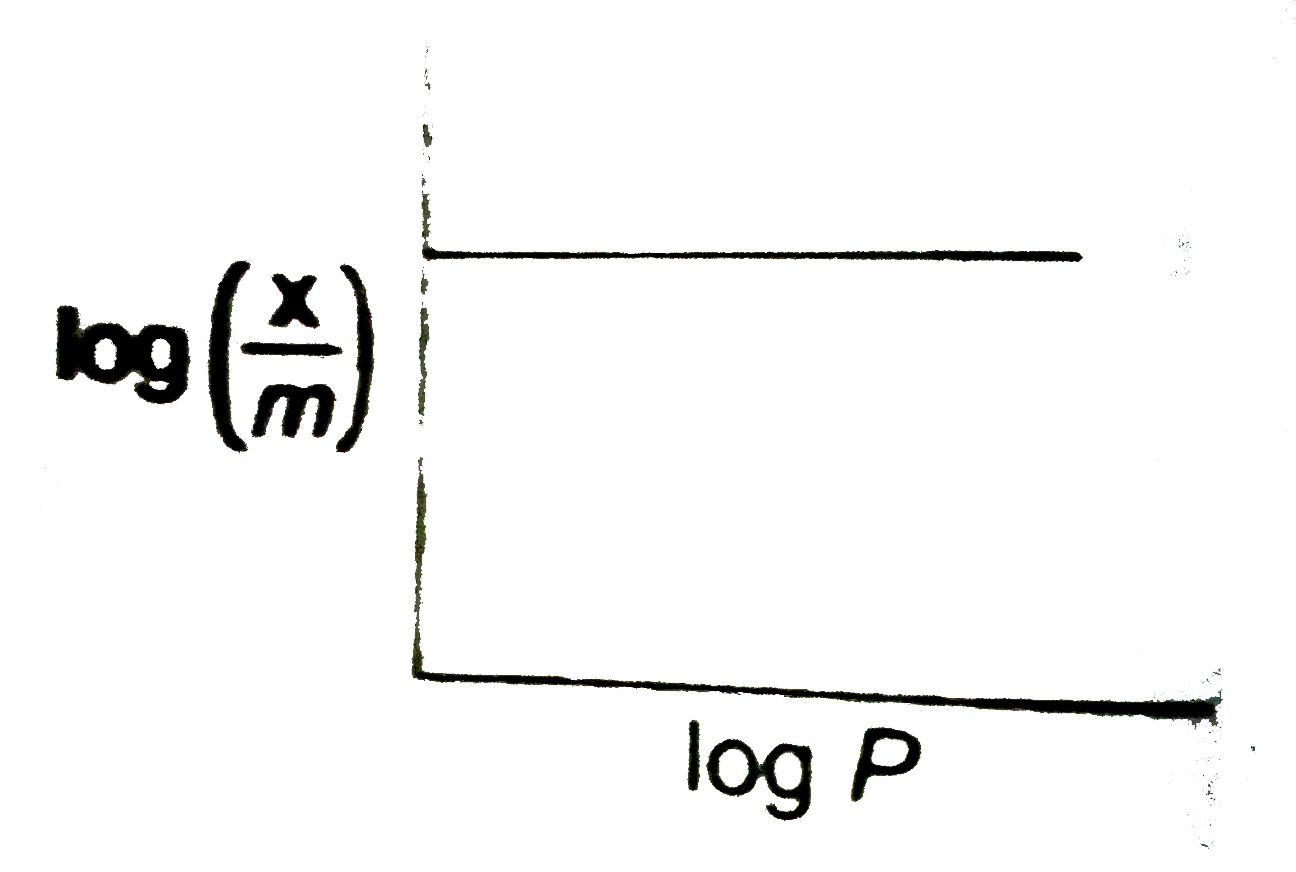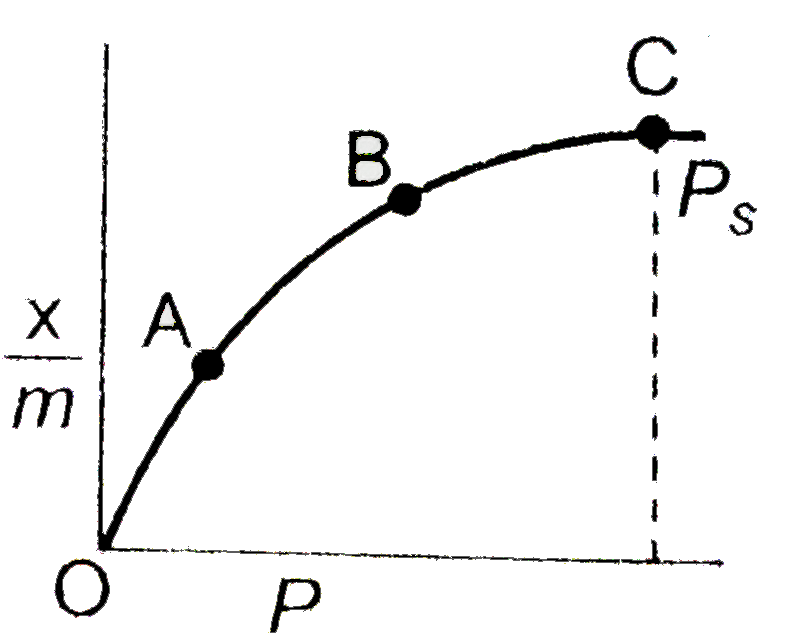The mass a of the solute adsorbed per gram, pf splid adsorbent occurs by Freundlich's isotherm, i.e.,
a=KCn, where k and n are 0.160 and 0.431 respectively Calculate the moles of acetic acid (molecular mass
=60.05gmol) that 1 kg of charcoal would adsorb from a 0.837 M Vinegar solution.
The correct Answer is:2.47
Step by step video, text & image solution for The mass a of the solute adsorbed per gram, pf splid adsorbent occurs by Freundlich's isotherm, i.e., a = KC^(n), where k and n are 0.160 and 0.431 respectively Calculate the moles of acetic acid (molecular mass = 60.05 gmol) that 1 kg of charcoal would adsorb from a 0.837 M Vinegar solution. by Chemistry experts to help you in doubts & scoring excellent marks in Class 12 exams.
Updated on:21/07/2023Topper's Solved these Questions
- SURFACE CHEMISTRY Book:AAKASH INSTITUTEChapter:SURFACE CHEMISTRY Exercise:Exercise
Explore 20 Videos
- SURFACE CHEMISTRY Book:AAKASH INSTITUTEChapter:SURFACE CHEMISTRY Exercise:Assignment Section - A (Objective type questions)
Explore 40 Videos
- SURFACE CHEMISTRY Book:AAKASH INSTITUTEChapter:SURFACE CHEMISTRY Exercise:ASSIGNMENT SECTION - I
Explore 5 Videos
- STRUCTURE OF ATOM Book:AAKASH INSTITUTEChapter:STRUCTURE OF ATOM Exercise:ASSIGNMENT ( SECTION -J) Aakash Challengers Questions
Explore 12 Videos
- TEST 1Book:AAKASH INSTITUTEChapter:TEST 1Exercise:EXAMPLE
Explore 111 Videos
Similar Questions
50 ml of 1 M oxalic acid (mol. wt. = 126) is shaken with 0.5 g of wood charcoal. The final
concentration of soultion after adsorption is 0.5 M. Calculate the amount of oxalic acid adsorbed
per gram of charcoal.
View Solution3.15 g of dibasic acid is present in 500 mL of its 0.1 N solution. Calculate the molecular mass of the acid.
View Solution
Knowledge Check
How many grams of dibasic acid (molecular mass 200) should be present in 100 mL of the aqueous solution to give 0.1 N solution ?
A1gB2gC10 gD20 gHow many grams of a dibasic acid (mol. Mass 200) should be present in 100mL of the aqueous solution to give 0.1N solution.
A1gB20gC10gD2gA group between x/m and the presure P of the gas at a constant temperature is called adsorption siotherm. Where x is the no. of moles of the adsorbate and m is the mass of the adsorbent. adsoption isotherms of different shaopes have been experimentally observed .. According to frundlich adosroption isthem,
x/m=KP1/n
where K and N are constant paraments depending upon the nature of the solid and gas
Adsoption isothem of log (xm) and log P was found of the type .
 AP=0BP=1C1n=1Dp<1
AP=0BP=1C1n=1Dp<1
Calculate number of m.e of the acids present in
(i) 100 mL of 0.05 M oxalic acid solution ,
(ii) 50 mL of 0.1 M sulphuric acid solution .
View SolutionHow many grams of gas would be adsorbed per gram of a substance at 8 atm by assuming Freundlich adsorption isotherm.
xm=kp1/m and k=10−2atm−1/3 & n=3.
View Solution3 g of activated charcoal was added to 50 mL of acetic acid solution (0.06 N) in a flask. After an hour, It was filtered and the strength of the filtrate was found to be 0.42 N. Calculate the amount of acetic acid adsorbed per gram of charcoal.
View SolutionFreundlich adsorption isotherm is obeyed by the adsorption where the adsorbate forms a multimolecular layer on the surface of adsorbent .In such cases, the degree of adsorption varies linearly with pressure but at high pressure, it becomes independent of pressure
The relation of Freundlich adsorption isotherm is :
xm=kP1/n
where ,K and n are constants.
Langmuir adsorption isotherm is obeyed by the adsorption where the adsorbate forms only a unimolecular adsorbed layer. The mathematical relation of Langmuir isotherm is :
xm=aP1+bP
In the mathematical relation of Freundlich adsorption isotherm ,the value of (1/n) is 0≤1n≤1.
(a) True (b) False
View SolutionA group between x/m and the presure P of the gas at a constant temperature is called adsorption siotherm. Where x is the no. of moles of the adsorbate and m is the mass of the adsorbent. adsoption isotherms of different shaopes have been experimentally observed .. According to frundlich adosroption isthem,
x/m=KP1/n
where K and N are constant paraments depending upon the nature of the solid and gas
Inn the given isotherm select the incorrect statement :

View Solution
